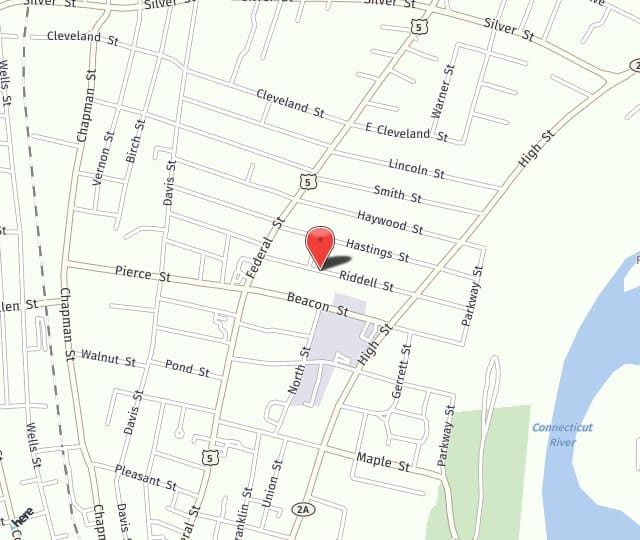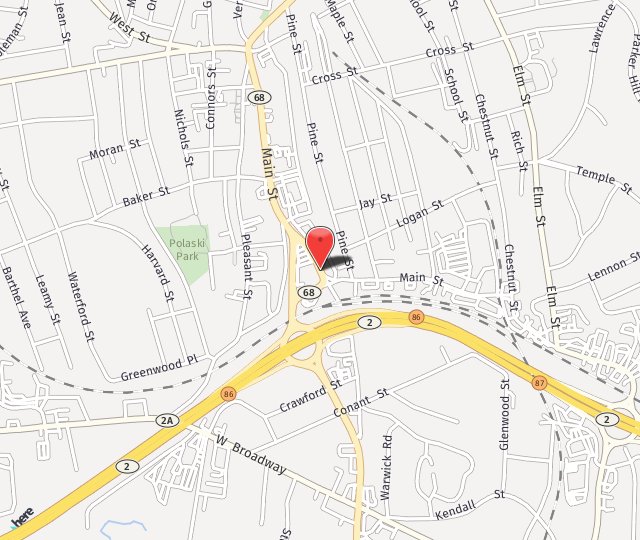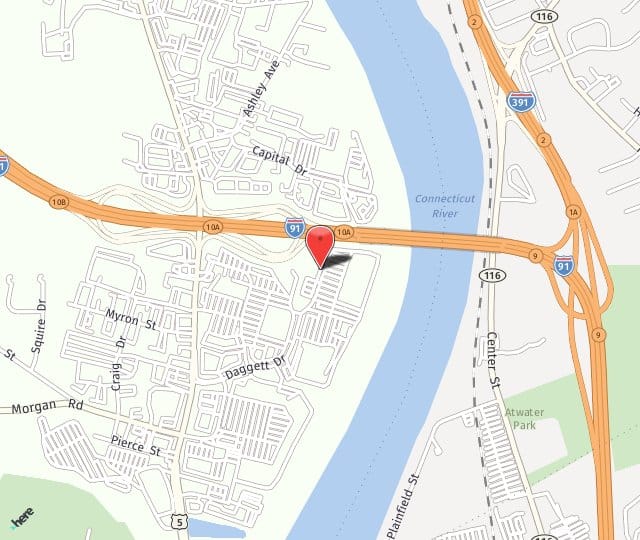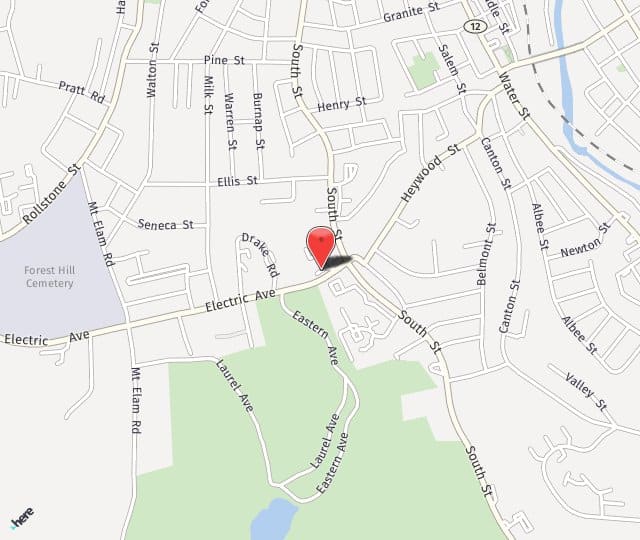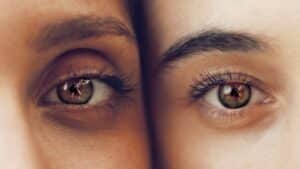
Understanding Blepharospasm
Types of Blepharospasm
Blepharospasm is categorized into two different types, spontaneous and reflex. Spontaneous blepharospasm, also known as essential blepharospasm, is an uncommon type of focal dystonia. While experts are unsure of what causes spontaneous blepharospasm, it normally affects people ages 45 to 65. The symptoms may be short-term or lifelong and can be relatively unnoticeable or debilitating. This type of blepharospasm can cause functional impairment or even blindness in rare cases.
The other type of blepharospasm is called reflex blepharospasm. Reflex blepharospasm happens in response to some form of stimulation. Blepharospasm is often caused by other conditions that affect the eyes, like interstitial keratitis, a corneal foreign body, phlyctenular conjunctivitis, iridocyclitis, and corneal ulcers. This is why reflex blepharospasm is more common than spontaneous blepharospasm. The symptoms of reflex blepharospasm are often triggered by bright or very colorful lights, stimulation to the facial nerve, pain around the eyes, or hysteria.
Symptoms of Blepharospasm
Blepharospasm has a wide range of symptoms associated with it. Some common symptoms are constant blinking, dry eyes, eye narrowing, tired eyes, irritated eyes, brow spasms, difficulty keeping your eyes open, eye pain, and more. The frequency of these symptoms depends on the type of blepharospasm.
Seeking Treatment
Blepharospasm is a complex condition that can be debilitating. Thankfully, our team at Longwood Eye & LASIK Center provides comprehensive blepharospasm treatments. We treat blepharospasm by managing symptoms, reducing triggering factors, BOTOX, and UV light protection. Our team of doctors can provide a complete diagnosis and walk you through all of your treatment options. We understand that the last thing you want is blepharospasm getting in the way of your daily life. That’s why we take a direct approach to treatment to get you back to your normal routine. If you’re having issues with eye twitching or any eye conditions, contact Longwood Eye & LASIK Center at 1-800-676-5050 for a consultation.

